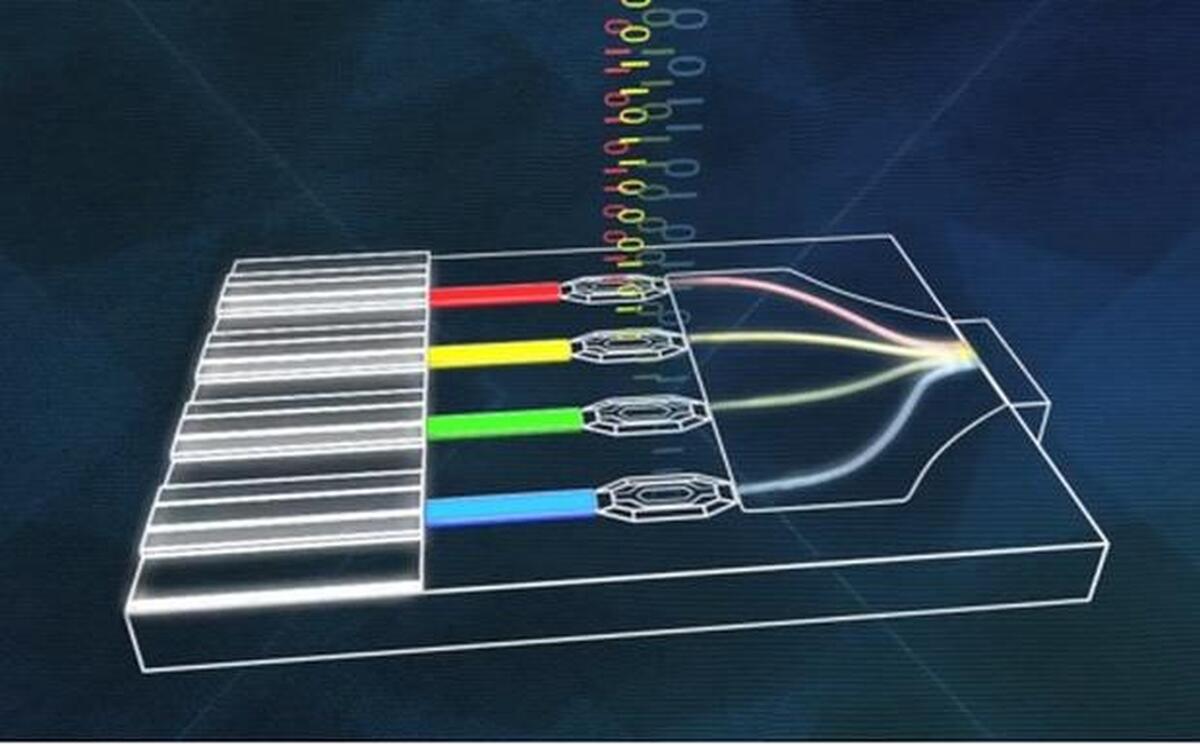Structure of Nano mulcular quantum electrical memory (nanoelectronics)
Researcher and author: Dr. ( Afshin Rashid)
Note: Older circuits on chips rely on electrons as carriers of information. In the future, photons that transmit information in optical circuits at the speed of light can also take on this task. The main building blocks of such new nanoparticles are quantum light sources, which are then connected to nano-quantum waveguides and optical detectors.
In Nano mulcular quantum building blocks, light sources must be coupled to photonic circuits, such as waveguides, to enable light-based quantum computing. The determining factor here is the precise and controllable placement of light sources. In ordinary three-dimensional materials. There are also active quantum light sources such as diamonds or silicon, but they cannot be placed exactly there. By using the structure of nanomolecular memory , the size of memory bits can be substantially reduced, thereby increasing the density and efficiency of magnetic memory and lowering its cost and cost. Nano lithography techniques are now being used to provide some very powerful memories. Nanotechnology science and technology facilities Nano molecular memory offers different. Photofraction materials, for example, represent only one type of optical memory. In fact, with the use of nanotechnology, the storage capacity of information can be increased by a thousand times or more. Information storage is a very important and necessary topic that can be done in different ways through nanomolecular memory . One of the new data storage tools is the use of nickel quantum dots in nanometer sizes that are expected to be used to store terabytes of data. Due to nano molecular memory, there is a high potential for activity in this field.
Conclusion :
Older circuits on chips rely on electrons as carriers of information. In the future, photons that transmit information in optical circuits at the speed of light can also take on this task. The main building blocks of such new nanoparticles are quantum light sources, which are then connected to nano-quantum waveguides and optical detectors.
Researcher and author: Dr. ( Afshin Rashid)
PhD in Nano-Microelectronics




